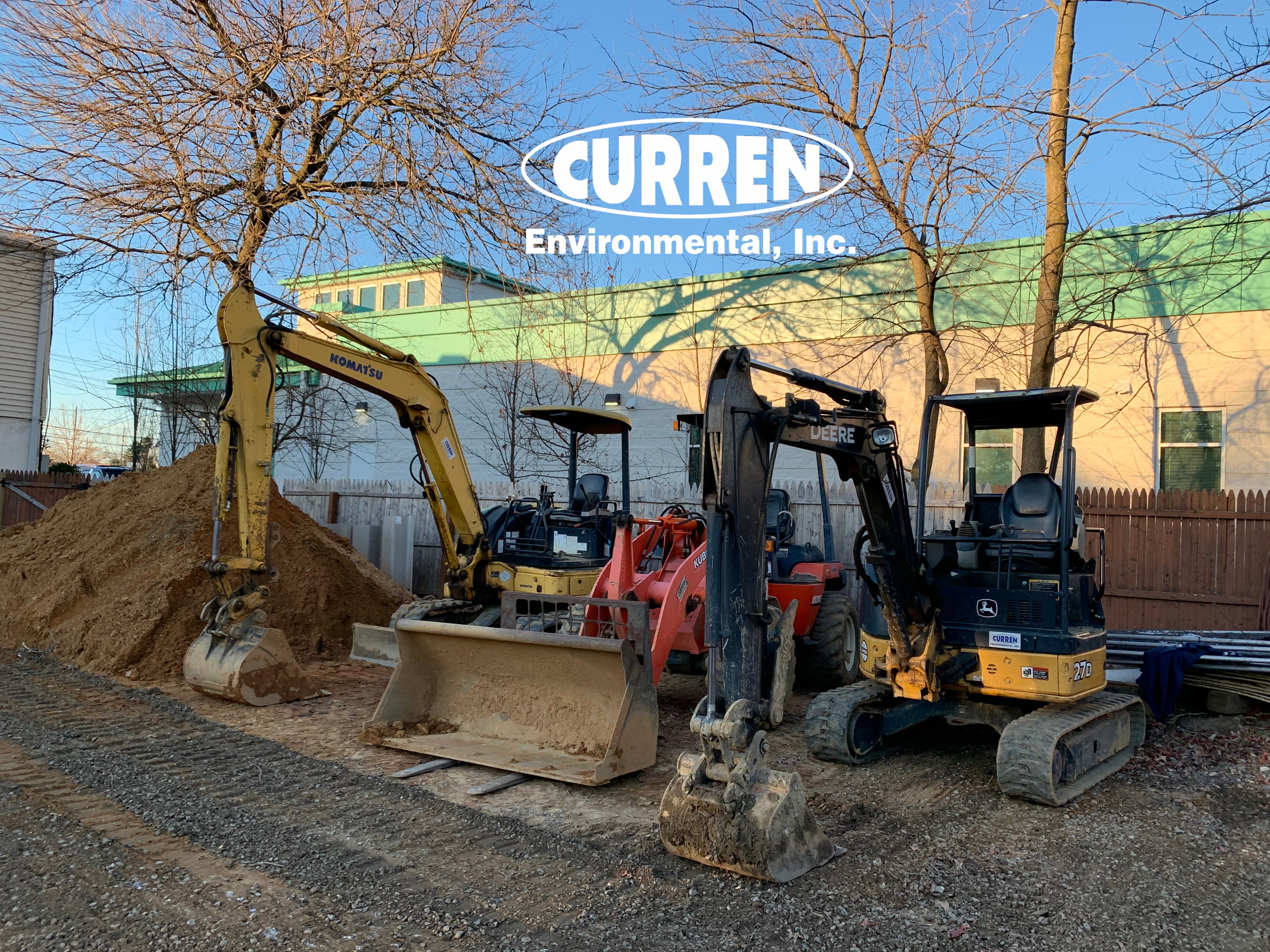Propane Tank Closure - Removal - Decommissioning
The best way to get rid of an old propane tank is to contact the propane supplier. Many propane tanks are owned by the supplier, this way you are required to purchase your propane from the supplier. In short propane companies don't want other companies servicing their tanks, even though the tank is on your property. So if you don't own the tank you maybe able to get propane company to manage the tank. Please note many propane companies changed hands and may disavow ownership of the tank.

That said many people are the DeFacto owners of the propane tanks on their properties as some companies sold the tanks to the property owner, some people bought their own tank and companies go out of business, so your buried propane tank maybe owned by a company that is no longer in operation.
Why would someone leave an unused propane tank in the ground? Because it costs money to do anything with it, so people didn't spend the money.
If you own the buried underground propane tank and no propane supplier wants to help, Curren can remove the tank.
888-301-1050
Should I buy a house with a buried propane tank that is not in use?
Short answer, no. You need to have owner remove or fill the tank in place. The reason the propane tank is left unused in the ground (everyone one has remaining propane) is because it costs money to remove. People more or less just left their problem for you to inherit and pay for. Curren works for many propane suppliers, and their own people wound buy a house with an unused propane tank.
Are Underground Propane Tanks Safe?
Buried propane tanks that are in use and serviced by a propane supplier are safe as they are being actively managed. You often hear about an explosion occurring at a house and you hear propane being mentioned? There are for sure situations where an out of service (derelict, not cared for) propane tank has created a hazardous situation.
Tanks rust and buried tanks rust faster, the tank in the photo below was aboveground, you can see how well the owner maintained the tank.

What are normal sizes for propane tanks?
250 Gallons = 7'10" long by 30" in diameter
500 Gallons = 9'11 long by 37.5" in diameter
1000 Gallons = 16'2" long by 41" in diameter
click Below for propane tank foam filling.
Propane Tank Foam Filling
Propane tanks are on average 1.5 times longer than their equivalent sized oil tanks. Due to the tank longer length removal of these tanks creates a greater ground disturbance. Couple that with the tanks located under landscaping, pool equipment and hardscaping, many people prefer to decommission the propane tanks by filling them with foam.

Underground propane tanks range in size, but even the smallest underground tank weighs about 1000 pounds. It’s also important to remember that propane is a hazardous material and even skilled professionals have to be careful when removing an out of service tank.
Out of service buried propane tanks raise a number of liability issues to both the owner and buyers of properties who have these tanks. Buried propane tanks, due to their construction, are much longer than the same size oil tanks. This can create a much larger surface disturbance than say a similar sized buried oil tank. by removing propane tanks as opposed to an oil tank due to the size of the propane tank.
Hire a Professional to Remove Your Propane Tank
Removing propane tanks is a specialty service and not something you can trust to your average handyman. Odds are you won't even be able to find someone to remove or fill your propane tank.
Curren Environmental has over 25 years experience with Propane tanks.
Pro Tip
Be aware than the gauges on propane tanks do not go to zero. When your gauge says empty, it is not. When you remove or foam fill a propane tank you have to flare off remaining propane. Flare means managing a controlled burn of the propane.

Call the experts at Curren Environmental
Over 25 years experience
free initial consultation


